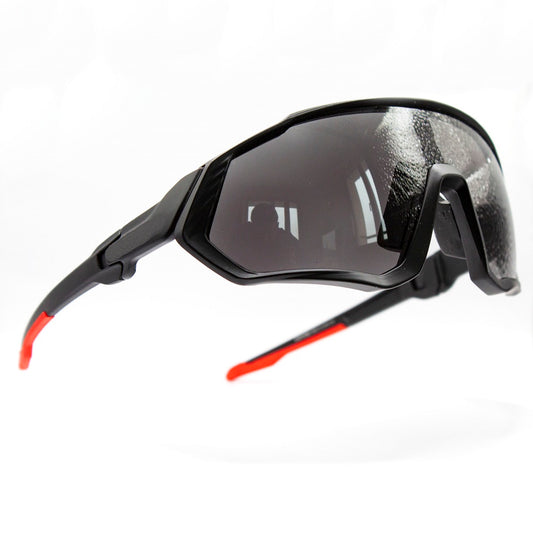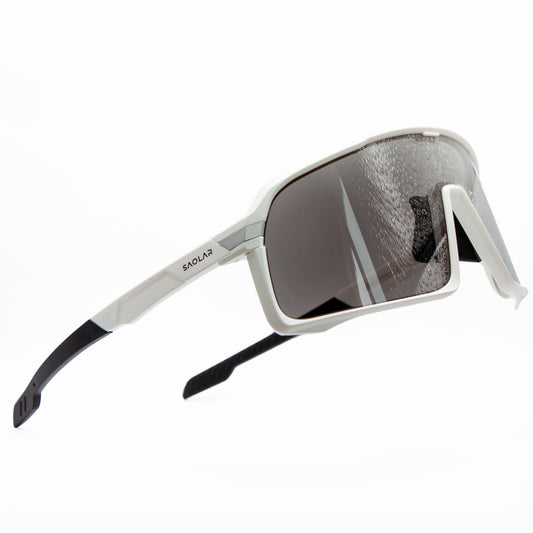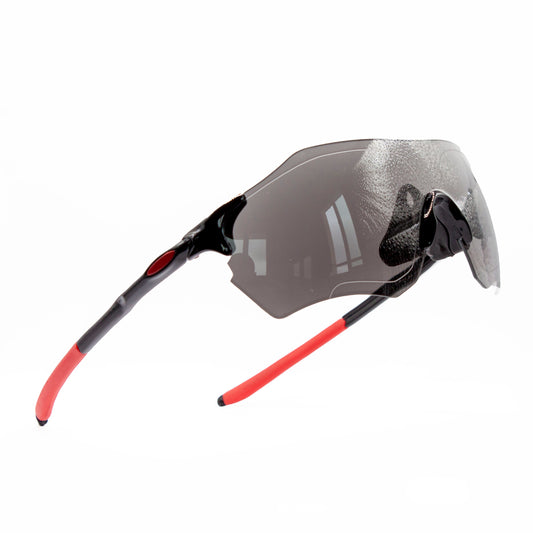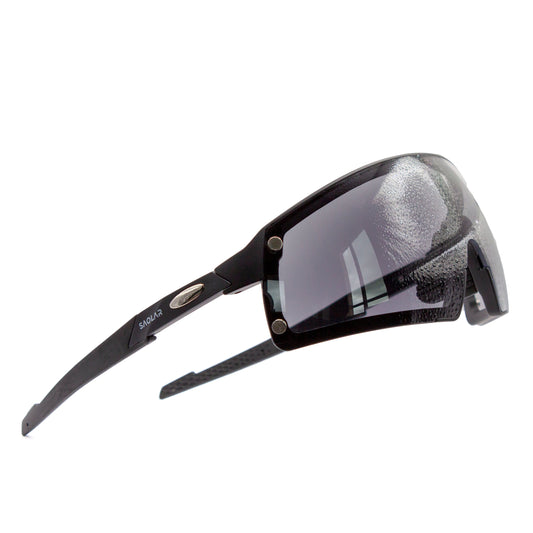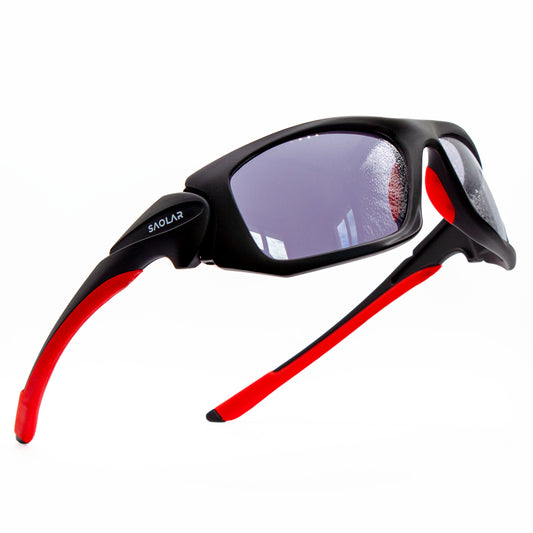Introduction to Trail Running
Trail running is an exciting and rewarding outdoor activity that combines the benefits of running with the beauty of nature. Unlike road running, which takes place on paved streets, trail running involves running on natural terrain, such as dirt paths, rocky trails, and forested routes.
Benefits of Trail Running:
- Improved Fitness: Engages more muscles and improves overall endurance.
- Mental Clarity: Running in nature reduces stress and enhances mental well-being.
- Less Impact on Joints: Softer surfaces reduce the risk of joint pain compared to pavement.
One important aspect of trail running is eye protection. Photochromic sunglasses can help adjust to different lighting conditions, providing clear visibility in various terrains. Read more about their benefits here.
Essential Gear for Trail Running
Before hitting the trails, it’s crucial to have the right gear.
Must-Have Trail Running Gear:
- Trail Running Shoes: Designed for traction, support, and durability on uneven surfaces.
- Moisture-Wicking Apparel: Helps regulate body temperature and prevents chafing.
- Hydration Pack: Keeps you hydrated during longer runs.
- Photochromic Running Sunglasses: Protects against UV rays, wind, and debris while adjusting to lighting changes.
For an in-depth look at lens tints and how they improve performance, check out this guide.
Choosing Your First Trail
Selecting the right trail as a beginner is key to an enjoyable experience.
Factors to Consider:
- Distance: Start with short trails (3-5 km) before progressing to longer runs.
- Elevation Gain: Beginners should choose trails with minimal elevation changes.
- Terrain: Look for well-maintained trails with fewer obstacles.
- Accessibility: Opt for local trails that are easy to reach.
Trail Running Techniques for Beginners
Trail running requires different techniques compared to road running.
Key Running Techniques:
- Short Strides: Helps with balance and reduces the risk of falling.
- Mid-Foot Landing: Provides better control on uneven surfaces.
- Controlled Arm Movement: Helps maintain balance on rocky paths.
- Uphill Running: Maintain effort rather than speed.
- Downhill Running: Engage the core and control the pace to avoid injury.
Eye protection is essential when navigating unpredictable terrain. Proper sunglasses prevent glare, dust, and debris from affecting your vision.
Hydration and Nutrition for Trail Runners
Staying hydrated and fueled is crucial for energy and endurance.
Hydration Tips:
- Carry a hydration pack or water bottle.
- Drink small sips every 10-15 minutes.
- Consume electrolytes for longer runs.
Nutrition Tips:
- Eat a small meal with carbohydrates and protein before a run.
- Use energy gels, protein bars, or nuts during long runs.
- Replenish with a balanced post-run meal.
For tips on energy management, check out this related article: Maximize E-Bike Range & Battery Life.
Safety Tips for Trail Running
Safety should always be a priority when running on trails.
Key Safety Tips:
- Understand Trail Markers: Learn how to read signs and follow paths.
- Run in Pairs or Groups: Reduces risks in case of injury or getting lost.
- Check the Weather: Avoid running in extreme conditions.
- Carry a Small First Aid Kit: Essential for unexpected injuries.
- Wear Protective Sunglasses: Shields eyes from dust, debris, and changing light conditions.
For more safety tips in outdoor sports, check out: Senior Mountain Biking Tips.
Training Plan for Beginners
A structured plan can help new runners progress safely and effectively.
Beginner-Friendly Trail Running Plan:
Week 1-2: Building Base Fitness
- 3 days of 20-30 min easy trail running.
- Focus on adjusting to different terrains.
Week 3-4: Increasing Endurance
- 3-4 days of 30-40 min trail runs.
- Add small elevation gains.
Week 5-6: Improving Strength
- 4-5 days of running, including uphill and downhill sections.
- Strength training for legs and core.
Gradual progression helps avoid injuries while making trail running enjoyable.
FAQs – Trail Running for Beginners
Is trail running harder than road running?
Yes, due to uneven terrain and elevation changes. However, it’s easier on the joints and more engaging.
What are the best shoes for trail running?
Look for shoes with good grip, cushioning, and ankle support designed specifically for trails.
Do I need special sunglasses for trail running?
Yes! Photochromic sunglasses adjust to lighting conditions, providing better visibility and eye protection. Learn more about lens tints here.
How do I prepare for my first trail run?
Start with short distances, wear the right gear, hydrate well, and choose an easy trail.
What should I eat before and after a trail run?
Before: Carbs and protein (oatmeal, banana, peanut butter toast). After: Protein and healthy fats (chicken, avocado, nuts, or recovery shakes).
Conclusion
Trail running is an incredible way to stay fit while connecting with nature. With the right gear, safety measures, and training plan, beginners can quickly progress and enjoy the sport. Make sure to invest in quality sunglasses to protect your eyes and enhance visibility on the trails.
Ready to hit the trails? Equip yourself with the right photochromic sunglasses for better vision and protection. Visit SAOLAR to explore top-quality sports eyewear!



